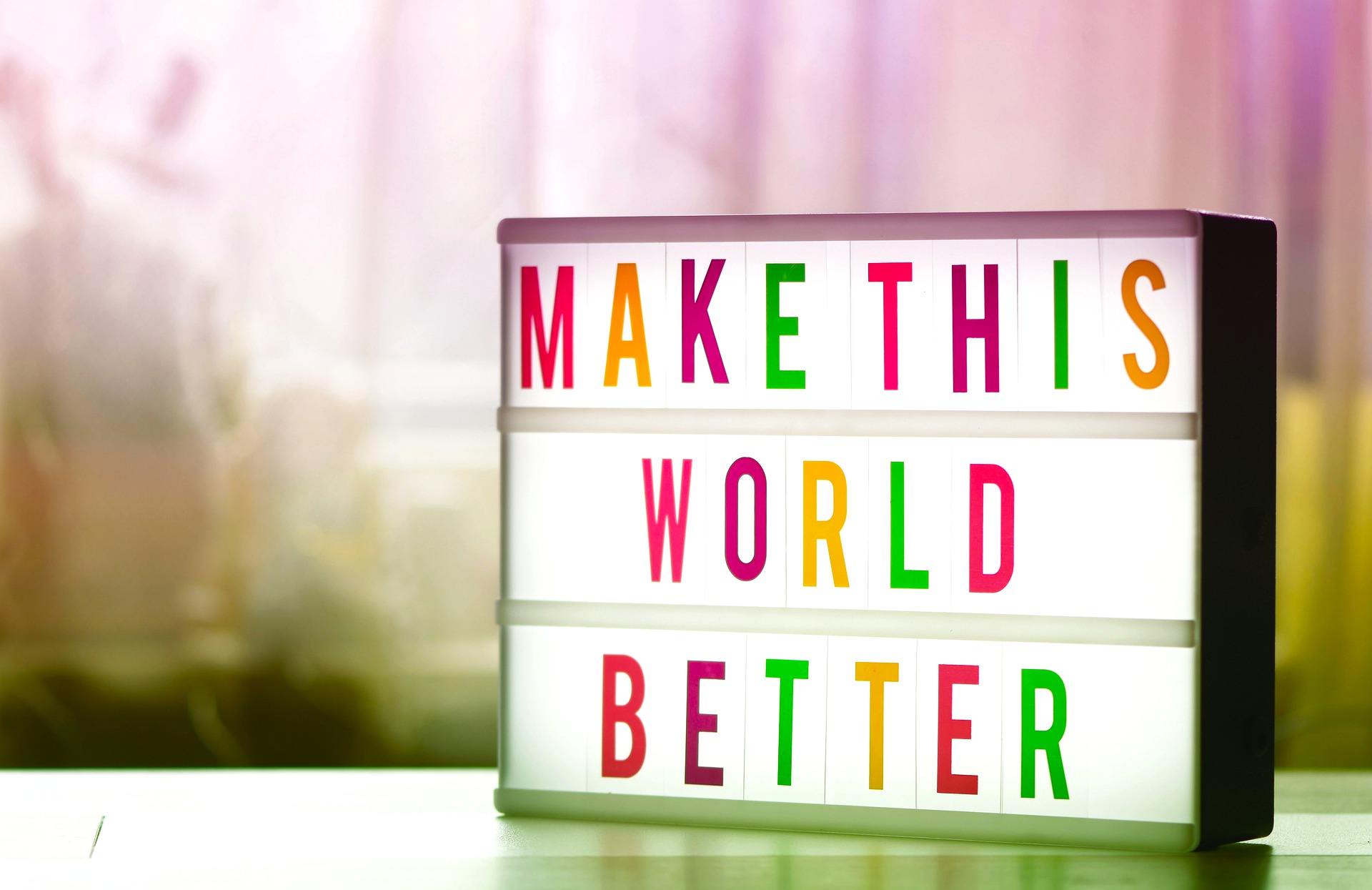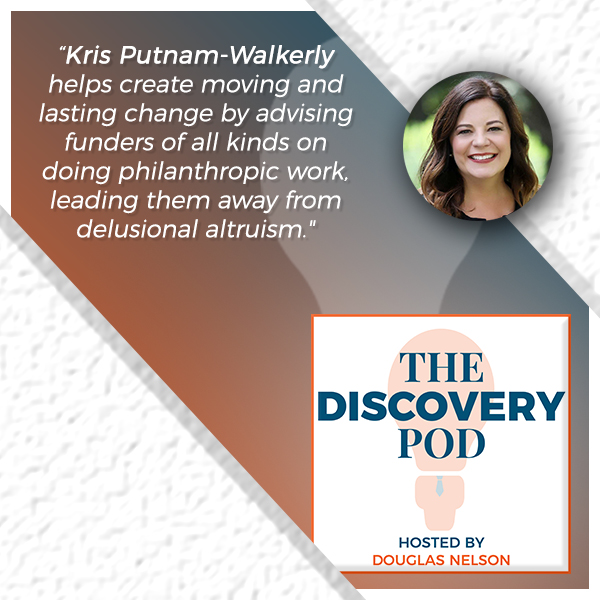Don’t slide back to your old ways.
If you’re like many funders, the changes you made in 2020 were swift and dramatic. You dropped tightly held practices like hot potatoes: loosening funding restrictions, eliminating burdensome policies, offering general operating support, collaborating with new partners, increasing grant payout, and dramatically expanding support for racial justice.
As I wrote in my op-ed in the Chronicle of Philanthropy last week, now is the time for philanthropists to lean into this progress and permanently embrace the important changes we made during a year of upheaval and crisis.
So, how can you bottle your “new best practices,” learn from them, and take them with you into the future? Just as important, how can you ensure that any of your old, less responsive (and less effective) ways of doing business don’t return?
8 Questions To Maintain and Expand Your New “Best Practices”
Reflect and learn from your experiences of the past year and decide which practices to continue by asking these eight questions:
- What did we do differently? Brainstorm a list of what you did differently as a result of the crises of the past year. Include actions big and small, strategic and tactical. Don’t overlook significant changes that now seem like old hat, like learning how to use Zoom and working from home. If your list is long, categorize or group them into themes such as “technological improvements” or “new partners.”
- What worked well? Maybe you nervously made your first general operating support grant and learned that your grantee didn’t abscond with the money to the Bahamas. Put that in the “win” category. Or you might have realized that you didn’t need all those additional application questions to make smart funding decisions. Include positive unintended consequences, such as younger employees stepping into new leadership roles.
- What didn’t work so well? Brainstorm all the things you tried that didn’t achieve the intended result. Flops are fine, so long as you learn from them. One foundation tried to be flexible by revising previously agreed-upon grant objectives. But instead of converting the grants to general operating support, they worked with grantees to create entirely new sets of grant objectives, leaving staff and grantees exhausted and anxious. Not only did they have to duplicate their grantmaking efforts, but they continued to wonder if the new objectives were realistic, given constantly changing conditions.
- What did we put in place before the crises that helped us during them? One of my family foundation clients previously issued grant payments using paper checks. When the new foundation CEO started her job, the only other employee was on vacation – with the key to the cabinet where the checks were locked inside. Yes, you read that correctly. The CEO could not write grant checks or pay vendors until her employee returned from vacation. Luckily, they switched to online payments two months before the COVID lockdown. It was a smart move and, in retrospect, incredibly helpful when the new reality hit.
- What do we wish we had done before these crises? Maybe your organizational culture didn’t include enough flexibility or trust to allow people to work from home. As a result, you had to set up all your remote work systems, from policies to technology, on the fly. Or you had put off the internal work needed to sensitively and effectively move an anti-racism agenda forward. As a result, you were not positioned to effectively lift up voices and support organizations during a critical moment of momentum in the long fight for racial equity and social justice.
- If we could do it all over again, what would we do differently? Would you have communicated with your grantees earlier into lockdown and more frequently? Do you wish you had rapidly revamped your strategic plan to adapt to changing conditions? Would it have helped had you already been deeply addressing inequities and racial injustice? The point here is not to berate yourself but to identify changes you can make going forward.
- What new practices do we want to maintain? Especially focus on those you thought were temporary but that dramatically increased your effectiveness. Can you continue removing funding restrictions and trusting your nonprofit partners with general operating support? Can you expand efforts to support policy advocacy, grassroots organizing, and movement building? Will you continue to operationalize racial equity internally in your foundation? Do you want to increase your adaptive and agile behaviors? Make a list of exactly what you want to continue doing.
- How can new ways of working be applied elsewhere? Review your list of things that worked well and the new practices you want to maintain. Determine if they can also be applied elsewhere in your organization. For example, if you increased your speed in making grants, are there other areas where you can move more quickly, such as strategy development or decision-making? If you reduced the volume of information required in grantee proposals, can you also reduce it in your board docket? Try to figure out what behaviors made the difference and apply those more broadly.
Be clear about what you want to continue doing differently into the future. Create a list and share it with everyone on your team. Assign “champions” to be accountable for each of these, and plan to check in on progress at regular intervals, such as monthly staff meetings. Assess your progress six and 12 months from now. Assume that you will continually make course corrections and ongoing improvements.
Next comes the trickiest part: embracing these new best practices and making them part of your DNA when everything attempts to pull you back into your old ways. Slam the door behind you and seal all the cracks to keep from falling back into old habits, a scarcity mindset, inertia and more. By doing this, you’ll emerge from these crises transformed. Not only that, but you’ll position yourself to strengthen the civil sector when it needs you the most.
For more ways to navigate the unknown with confidence, you can download my free guide, 8 Things Every Philanthropist Can Do To Change the World and it will help you create a powerful giving plan in radically uncertain times. As a philanthropist, the world needs what you bring to the table—now more than ever. But if you’re like most funders, constant change has you second-guessing your next steps. My free guide will help you shed anxiety about the future so you can do the most good possible now.
The work you’re doing is too important to put off or get wrong.
Do You Need To Rapidly Refresh Your Strategic Plan?
To navigate and lead during turbulent times, you need a flexible strategy. Your strategy defines what you want to accomplish and how you want to accomplish it. Yet too often, philanthropists lack clarity on both.
Sentient Strategy® is a revolutionary approach to formulate strategy quickly, to be used immediately for as long as conditions warrant, and then to make changes rapidly as conditions change. It builds a simple and flexible strategic approach that creates a road map for change and holds people accountable for rapid implementation.
Kris Putnam-Walkerly is one of only a dozen consultants globally who have been certified by Alan Weiss to deliver Sentient Strategy®.
Take a Listen to Podcast to Discover Ways Donors Can Get Things Wrong and How They Can Make Them Right
No matter how much money you have, you won’t be able to make the change you want in the world if you’re unable to tap into the right communities that get impacted by the problem you wish to solve.
I talk with Douglas Nelson about the experiences that led me to write my book Delusional Altruism, which explores the common errors many philanthropists make. We discuss how many entrepreneurs apply their innovative and money-generating skills to social change yet still forget the value of engaging diverse coalitions of people in solving systems change issues.








